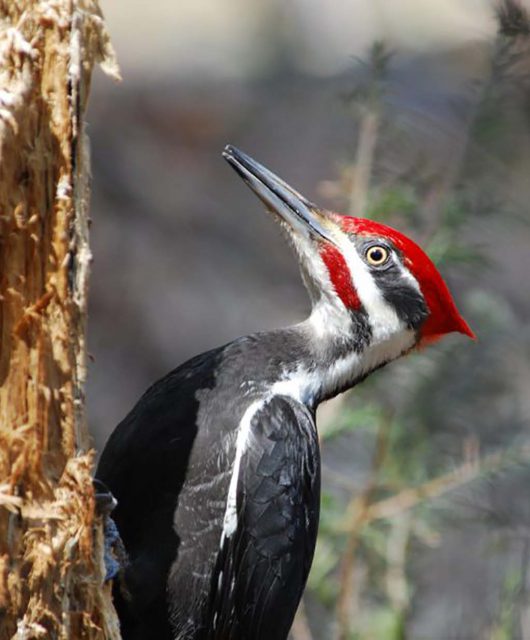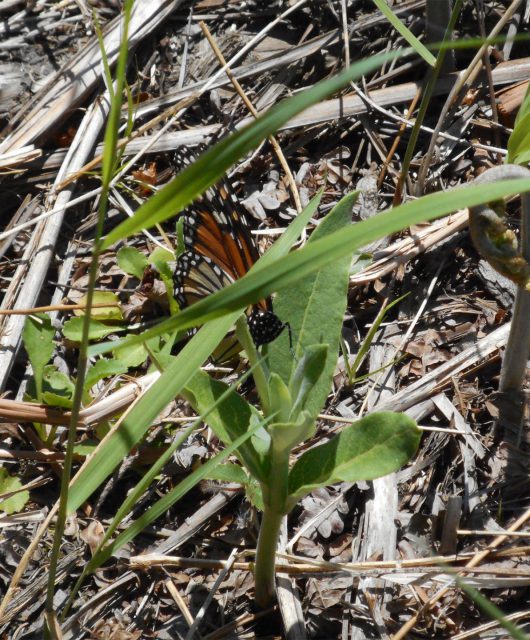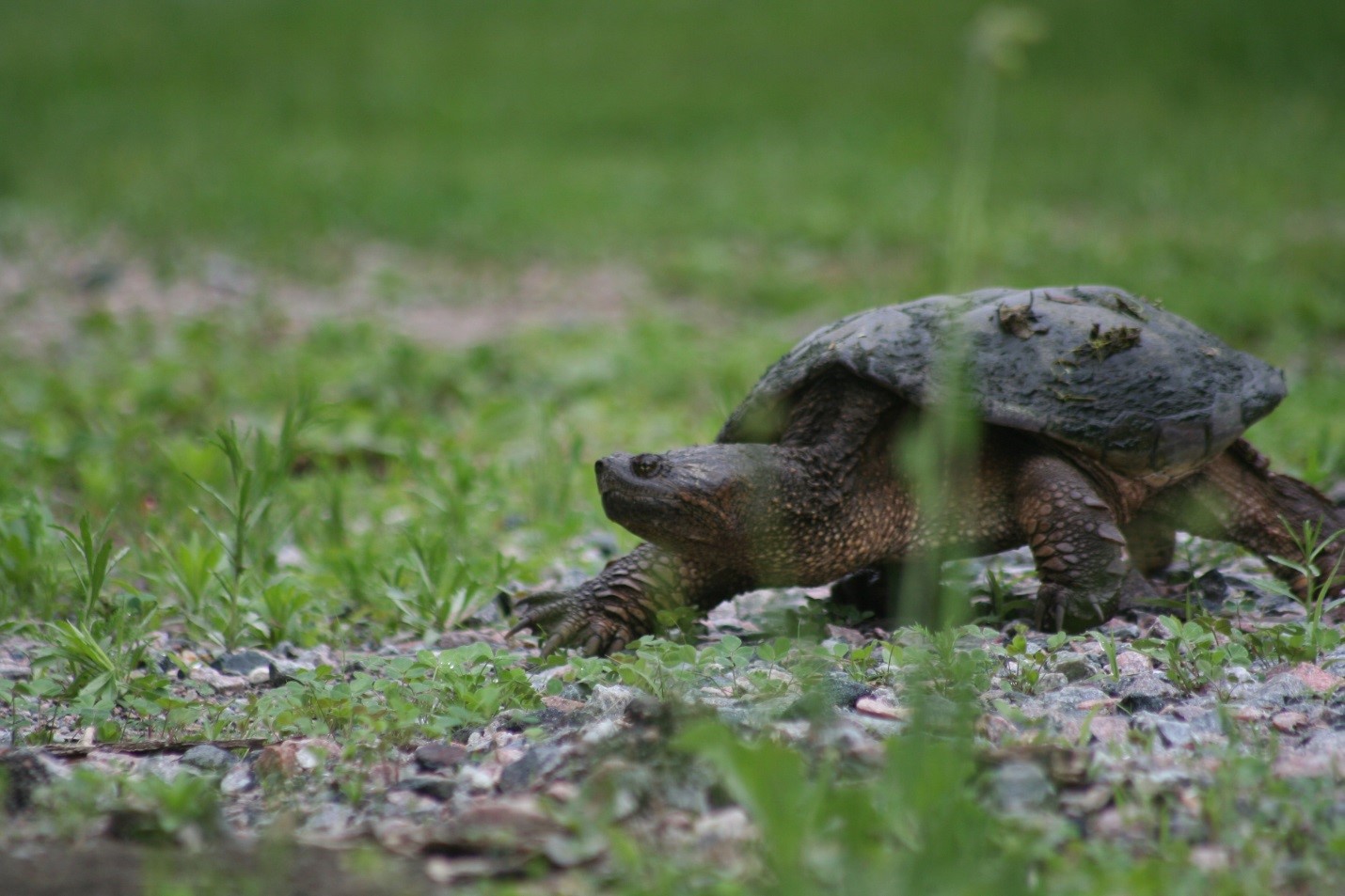A single bat can eat approximately 1,000 insects each night, depending up on the bat species and their size. In doing so, they help keep insect species in check, serving an important role in ecosystem health. This also provides a valuable service to our agricultural industry and economy. But human activity has caused many harmful impacts on these tiny allies and they need our help. Here are some ways you can help tip the scales back in their favour.
Limit Cave Exposure
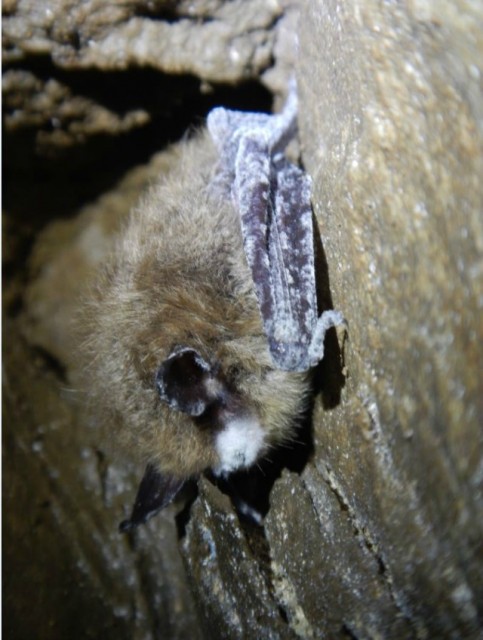
White-nose syndrome is a fungal disease that is believed to have been brought over on someone’s gear after they were exploring European caves. It is a fungus that European bats have evolved to cope with but is still far too new for Canadian bats. As a result, millions have died in the past 10 years. While this may seem beyond our control, you can help by only going into caves with an expert who knows proper protocol to prevent the spread of the fungus including decontamination of gear and not bringing any gear from an infected area to a non-infected area.
And because a strong immune system may help our bats eventually adapt, less stress is key, so avoid going in caves during hibernation period of typically November to March. Visiting caves in winter can wake up bats, leading to them burning up critical fat reserves.
Learn to Love (or not dislike as much) Insects
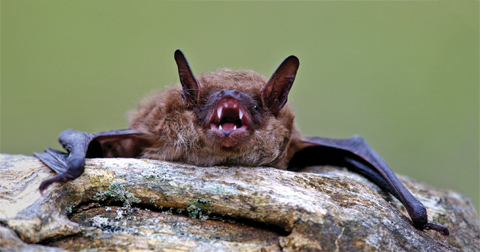
Canadian bats rely entirely on insects for food. Other wildlife need them, too, as with many of the birds you enjoy seeing in your garden. But the fact is that our insects are in significant decline. Our native insects play a crucial part in ecosystem health, from pollination and decomposition to pest control and serving as food themselves. Famous scientist, E. O. Wilson has called them “the little things that run the world”. While a few insects may bite or cause damage, most species can live alongside us without even being noticed. We can help them, and therefore bats, by first seeing them as important neighbours. From there we can help them, bats, birds and more!
No Poison Please
Pesticides (insecticides and herbicides) impact our waterways, whether it’s flowing down your property into a lake or down a drain and eventually into a river. Insecticides in particular, are harming our bats by killing and therefore removing their food supply, with those insects that survive become toxic food. So whether you are tempted to spray your yard for mosquitoes (a practice that harms many other animals in the process) or spraying plants for a bug problem, please remember that the impacts are many and there are alternatives. Check out our Natural Insect Control handout for general plant concerns. For reducing mosquitos in your yard, cover rain barrels, change bird bath water at least twice a week, remove all other standing water that collects for more than a few days and use this simple bucket trick:
https://www.youtube.com/shorts/e12bMW3quBE
Plant It and They Will Come
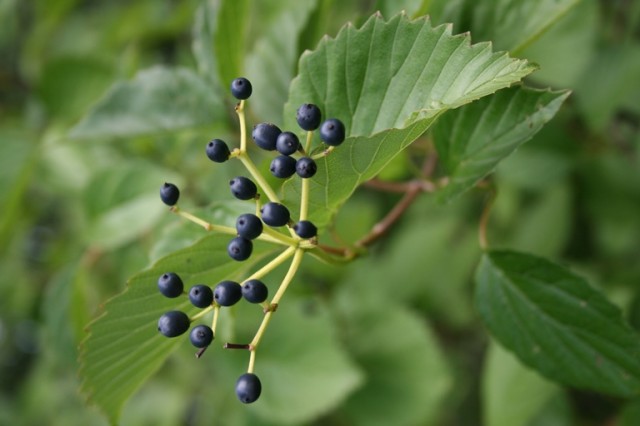
Habitat loss, in large part from human development, is a big issue but in many cases we have the power to minimize its damage. Consider shrinking your lawn, adding in more native and other beneficial herbaceous plants. If you have space, add one or more of our native trees, or in smaller spaces, shrubs. Both will provide critical habitat for a myriad of wildlife including the insects that bats depend upon.
And if you live along a lake or river, areas that bats frequent not only for hunting but also drinking, you can retain or restore as much of the shoreline with native vegetation. This is not only important for erosion control, runoff filtration and habitat for the water and land animals that call it home, but like regular planting, they support insects which will support bats.
Snags are Special
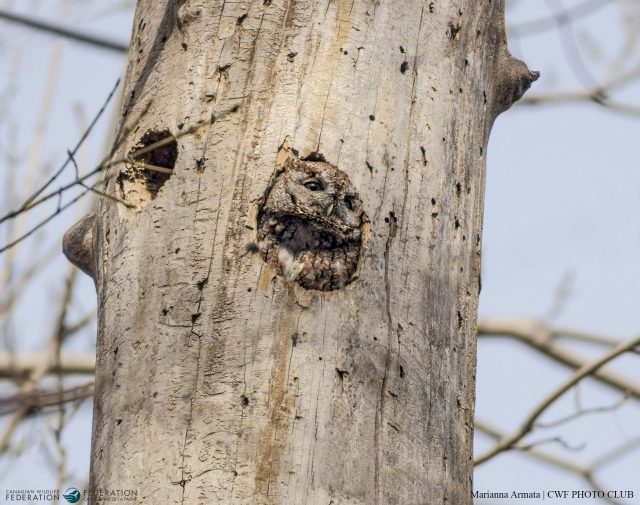
Many species of Canadian bats hide, sleep and raise young under bark of large old trees including snags – dead or dying trees. These trees also support the many of dozens of bird species that nest and roost in them, too. Unfortunately, snags are usually removed either considered an eyesore or a safety hazard. But if you have a snag on your property where it’s possible and safe to remove the branches or tops while leaving the main trunk standing, it can be a saving grace for bats…and nuthatches, woodpeckers, chickadees, small owls, some ducks and many more!
Install a Bax Box and share your data
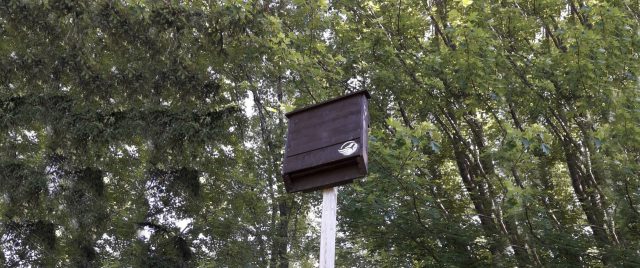
To help compensate for the lack of suitable trees, we can put up a bat box preferably on the side of a building but they can also be placed on a pole. This is definitely helpful in many cases, but we are still learning as we try to mimic the natural shelter of large trees. CWF’s ‘Canadian Bat Box Project’ had bat box owners share information about their box and report any bat usage. It was so helpful that we are keeping it going.
Please consider registering your bat box and taking part in monitoring the bats that use it. You will be providing invaluable information on the types and distribution of bat boxes and the species that use them. We also want to know if bats aren’t using your bat box. This provides highly valuable information to help CWF refine current bat house design and placement for Canada’s climate, as not all bat houses are created equal.
Safe Evictions

If you have bats in your building, they’re not causing a problem and you’re comfortable with it, the best thing for the bats is to leave them be. But if they are a concern for you, you can learn everything you need to know about safely evicting bats. And here are important tips on making or buying and then installing a bat house for them to use instead, providing bats a place to raise their young in the summer (as bats migrate or relocate to caves for the winter).
Learn more about Canada’s bats >

